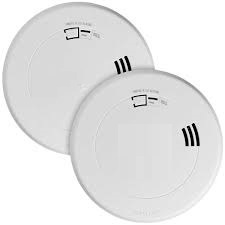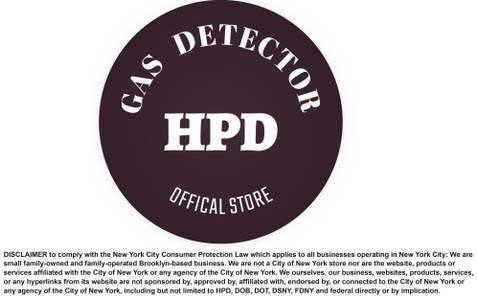WHAT IS UL 1484 Tests for Residential Natural Gas Alarms ?
Provided by: Plutodetectors.com
UL 1484 is the standard developed by Underwriters Laboratories (UL) for residential natural gas detectors. This standard specifically addresses the safety and performance criteria that natural gas detectors must meet to be certified for residential use. UL 1484 is widely recognized in the industry and is often referenced in building codes and safety regulations to ensure the reliability and effectiveness of natural gas detectors in homes.
What UL 1484 Tests for Residential Natural Gas Alarms
The UL 1484 standard covers several key areas to ensure that natural gas alarms perform effectively and safely under various conditions. Here are the primary aspects that UL 1484 tests:
- Gas Detection Sensitivity:
- UL 1484 sets requirements for the sensitivity of natural gas detectors to ensure they can accurately detect natural gas (methane) at concentrations well below the lower explosive limit (LEL). The standard specifies the alarm must trigger at a gas concentration level that is low enough to provide an early warning, typically between 10% and 25% of the LEL.
- Response Time:
- The standard includes tests to verify that the natural gas detector responds quickly to the presence of gas. The alarm must activate within a specific time frame when exposed to gas concentrations that meet the standard’s criteria, ensuring that occupants have enough time to respond to the threat.
- Operational Reliability:
- UL 1484 tests the reliability of natural gas detectors under various environmental conditions, such as different temperatures, humidity levels, and electrical disturbances. This ensures that the detectors will function correctly in a range of household environments.
- Durability and Longevity:
- The standard includes tests to assess the durability and longevity of the detector. This may include exposure to environmental stressors, such as temperature fluctuations and mechanical vibrations, to ensure that the device remains functional over its intended lifespan.
- False Alarm Resistance:
- To minimize nuisance alarms, UL 1484 evaluates the detector's resistance to false alarms from non-hazardous sources, such as household chemicals or cooking fumes. This ensures that the alarm is reliable and only activates in the presence of actual natural gas.
- Power Supply and Backup:
- The standard requires that the detector be able to operate effectively on both primary power and a backup power source, such as batteries, in case of a power outage. It also tests the device’s performance during power interruptions and voltage fluctuations.
- Audibility and Alarm Indication:
- UL 1484 sets requirements for the sound level of the alarm, ensuring that it is loud enough to be heard throughout the home. Additionally, the standard includes tests for visual indicators, such as lights, to ensure that the device clearly signals the presence of gas and any malfunctions.
- Marking and Instructions:
- The standard also includes requirements for the labeling of the device and the instructions provided to the user. This ensures that the detector is clearly marked with important information, such as its sensitivity level, and that the user manual provides clear guidance on installation, maintenance, and what to do in case of an alarm.
DISCLAIMER to comply with the New York City Consumer Protection Law which applies to all businesses operating in New York City: We are small family-owned and family-operated Brooklyn-based business. We are not a City of New York store nor are the website, products or services affiliated with the City of New York or any agency of the City of New York. We ourselves, our business, websites, products, services, or any hyperlinks from its website are not sponsored by, approved by, affiliated with, endorsed by, or connected to the City of New York or any agency of the City of New York, including but not limited to HPD, DOB, DOT, DSNY, FDNY and federal directly or by implication.
DISCLAIMER These codes may not be the most recent version. The State / federal or other regulation department may have more current or accurate information. We make no warranties or guarantees about the accuracy, completeness, or adequacy of the information contained on this site or the information linked to on the state site. Please check official sources.
The requirements for detector are determined by intended use and by applicable regulation. The BUYER is responsible for determining the appropriate detector needed. WE makes no warranty or representation of suitability of a detector to any code or for any specific application. IT IS THE CUSTOMER'S RESPONSIBILITY TO ENSURE THAT THE DETECTORS THE CUSTOMER ORDERS ARE IN COMPLIANCE WITH ALL STATE, FEDERAL, LOCAL, AND MUNICIPAL LAWS. Please review terms and conditions prior to purchase.
For more information about what is required, see the laws that are referenced and the rules applicable to your city and state. This page is for informational purposes only and is not intended as legal advice, professional advice or a statement of law. You may wish to consult with an attorney.



























